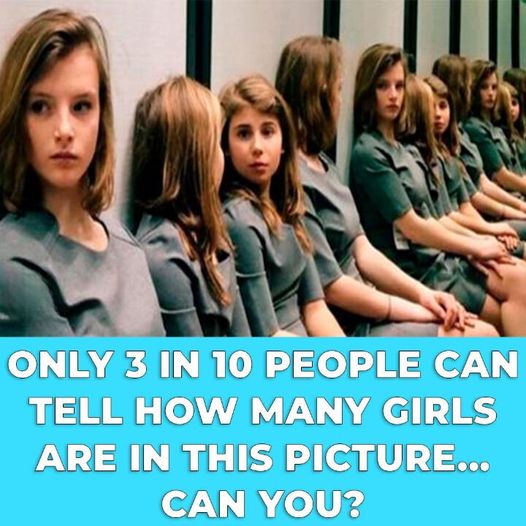The gathering and use of personal data have become essential elements of our online experiences in the contemporary digital environment. Google stands out among the digital behemoths that excel at this strategy for its enormous data warehouse. However, the amount of data that Google has accumulated about most users is still mostly a mystery. A recent TikTok video created by user @yorgoandlea that provides a step-by-step tutorial on how anyone may access the vast amounts of personal information that Google possesses on them has gone viral.1
The succinct video tutorial, delivered by @yorgoandlea, walks viewers through a simple process to reveal the data that Google has amassed about them. The adventure begins with a straightforward Google homepage search for “ad settings google.” Users are prompted to log in if they haven’t already when they click the link associated with this query.2
The results of this technique are astounding and illuminating. A thorough list that displays a variety of information that Google has scrupulously saved appears. These comprise basic details like age, gender, and even the languages spoken. But as Google’s insights regarding the user’s possible interests are made public, the intrigue grows. This customised list provides a window into how the search engine interprets one’s preferences by suggesting subjects of interest like “architecture” and “audio equipment.”
User Responses and Analysis
This video has had far-reaching effects that go beyond its brief runtime. The TikTok video has received hundreds of thousands of views and has been met with a variety of emotions, including amazement and trepidation. Users have expressed shock at the enormous amount of data that Google has gathered. Oh God, a user exclaimed. I tried it – the amount of information!” Others have been astounded by Google’s judgments’ amazing precision; one observer called it “scarily accurate.” A sizable portion of viewers have been asked to turn off data collecting features, indicating a rise in worry about online privacy.
The story isn’t uniform, though; some people’s experiences are very different from what the video portrays. Some people who followed the method came across material that was at odds with their own reality. For example, one person pointed out in a hilarious way, “Why does mine say I’m 44+ I’m literally 19.” “Apparently I am 65 years old and interested in Utah and reality TV shows,” another person revealed in a puzzling way. These unexpected interactions highlight the complexity and constraints of data interpretation techniques.
The Data Odyssey of Google
Google uses a variety of information sources to compile its statistics, including watched videos, location information, cookie monitoring, and clicked advertising. Google’s official position is that these techniques are designed to improve user experiences by tailoring services to specific user preferences. The business clarifies that its main goal is to optimize ads on platforms that work with Google to display ads as well as on its own services.
Importantly, Google claims that it does not sell user information. Instead, the data is used to improve ad targeting while keeping marketers from knowing any personal information. This distinction highlights Google’s dedication to achieving harmony between customized experiences and privacy issues. On the same settings page where the gathered data is shown, there is an option to disable ad personalisation for people who long for more control over their data.
To sum up, the TikTok video posted by @yorgoandlea has given us a peek inside the vast user data archive that Google keeps. Beyond its viral effect, the video captures the growing concern and interest in online privacy in a time when personal information is a valuable commodity. People are better equipped to manage their digital footprints as they get a better awareness of the data they produce and its implications.


